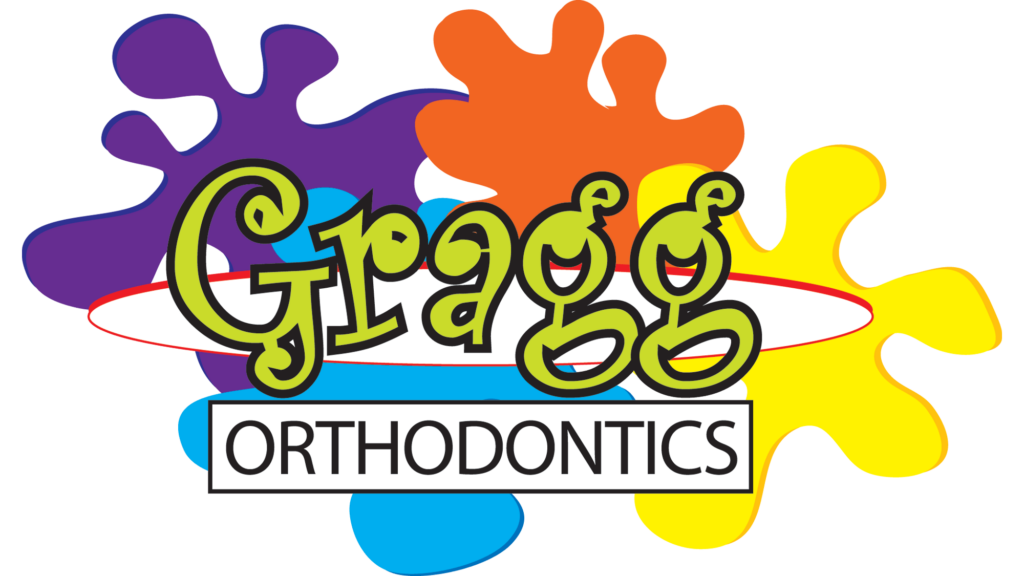In a world where first impressions matter, a smile can say a thousand words. Yet, many people hide theirs, not out of choice, but due to dental issues that make them self-conscious.
This is where orthodontics becomes so important. Orthodontic care is specialized care that transforms not only smiles but lives. This post is your guide to understanding what an orthodontist is, what they do, and why their work is crucial for oral health.
What Is an Orthodontist?
Orthodontists are dental specialists trained to diagnose, prevent, and correct misaligned teeth and jaws. While all orthodontists are dentists, only about 6% of dentists go on to become orthodontists.
This specialized training equips them with the skills to tackle complex dental issues beyond the scope of general dentistry.
The path to becoming an orthodontist involves rigorous education and training. After earning a bachelor’s degree, aspiring orthodontists complete four years of dental school. They then undergo two to three years of specialized training in orthodontics. This intensive program covers facial growth, biomechanics, and how to design effective treatment plans.
Why is this important?
A misaligned bite or crooked teeth can lead to more than aesthetic concerns. They can cause issues like tooth decay, gum disease, and even difficulty chewing or speaking. By addressing these problems early on, orthodontists play a vital role in maintaining overall oral health.
The Role of an Orthodontist
Orthodontists offer a variety of services tailored to different needs and age groups. Their expertise goes beyond simple teeth straightening, encompassing a range of treatments that enhance both function and appearance.
One of the most common services provided by orthodontists is braces. Available in various types, including traditional metal, ceramic, and lingual braces, they help align teeth over time. Another popular option is clear aligners, such as Invisalign, which are less noticeable and can be removed when eating or brushing teeth.
For more severe cases involving the jaw, orthodontists may recommend surgical orthodontics. This involves a combination of orthodontic treatment and jaw surgery to correct severe misalignments.
Beyond these, orthodontists also offer solutions for temporomandibular joint (TMJ) disorders and sleep apnea, showcasing the breadth of their expertise.
The tools and technology used in orthodontics have evolved significantly. Modern practices employ digital imaging, 3D models, and laser technology for precise treatment planning. These advancements ensure that today’s treatments are more effective, comfortable, and efficient than ever before.
Conditions Treated by Orthodontists
Orthodontists are adept at diagnosing and treating a wide array of dental conditions, ensuring both functional and aesthetic improvements. These issues, if left untreated, can lead to numerous complications over time.
So, what does that mean? What does an orthodontist do? Here’s a closer look at the specific conditions orthodontists routinely manage:
- Crowded Teeth: When there isn’t enough space in the mouth for all teeth to fit normally, leading to teeth that overlap or appear twisted.
- Spacing Issues: Large gaps between teeth, which may occur due to missing teeth or when teeth don’t fill up the space in the mouth.
- Overbite: A condition where the upper front teeth significantly overlap the lower front teeth, potentially leading to gum damage and other issues.
- Underbite: This occurs when the lower front teeth extend ahead of the upper front teeth, often resulting in an impact on facial appearance and function.
- Crossbite: A misalignment where some upper teeth sit inside the lower teeth, potentially leading to uneven tooth wear and jaw growth issues.
- Open Bite: When there’s a gap between the upper and lower front teeth when the mouth is closed, often associated with thumb sucking or tongue thrusting.
- Misaligned Jaw: Various jaw alignment issues that can affect chewing, speech, and facial symmetry, sometimes requiring surgical intervention.
By addressing these conditions, orthodontists not only enhance the appearance of their patients’ smiles but also contribute significantly to their overall oral health.
The Process of Getting Orthodontic Treatment
The first step in getting orthodontic treatment is scheduling a consultation with an orthodontist. During this initial visit, the orthodontist will perform a comprehensive examination, which may include X-rays and digital scans. This helps them assess the condition of your teeth and jaw and determine the most effective treatment plan.
Once the examination is complete, the orthodontist will discuss the recommended treatment options with you. This could involve braces, aligners, or other appliances, depending on your specific needs. They will also provide an estimated timeline for your treatment and discuss any necessary lifestyle adjustments.
Regular check-ups are an essential part of the orthodontic treatment process. These visits allow the orthodontist to monitor your progress and make any necessary adjustments to your treatment plan. They also provide an opportunity for you to ask questions and address any concerns you may have.
The Benefits of Orthodontic Treatment
Orthodontic treatment offers numerous advantages that extend beyond achieving a straighter smile. These benefits are crucial for maintaining long-term oral health and can enhance overall well-being.
Here are some of the key benefits you can expect from undergoing orthodontic treatment:
- Improved Oral Health: By aligning teeth properly, orthodontic treatment makes it easier to maintain good oral hygiene, reducing the risk of tooth decay and gum disease.
- Enhanced Appearance: A well-aligned smile can boost confidence and improve facial aesthetics, contributing positively to personal and professional interactions.
- Better Functionality: Proper alignment improves the function of teeth, enhancing your ability to chew and speak correctly.
- Reduced Risk of Injury: Protruding teeth are more susceptible to damage, but orthodontic treatment can reposition them to prevent future injuries.
- Long-term Health Benefits: By addressing bite and jaw alignment issues, orthodontic treatment can prevent abnormal tooth wear and alleviate issues related to temporomandibular joint disorders.
- Economical in the Long Run: Although there’s an upfront cost, correcting dental issues early can prevent the need for more extensive and expensive treatments in the future.
Frequently Asked Questions About Orthodontic Treatment
- At What Age Should I See an Orthodontist? The American Association of Orthodontists recommends children have their first orthodontic visit by the age of 7.
- Do Braces Hurt? While there may be some discomfort during the adjustment period, modern braces are designed to be as comfortable as possible and cause minimal pain.
- How Long Does Orthodontic Treatment Take? The length of treatment varies depending on the severity of your condition but typically lasts between 1-3 years for most patients.
- Will I Need to Wear a Retainer After Treatment? Yes, retainers are necessary after orthodontic treatment to
Conclusion
Orthodontists are specialized dental professionals who play a critical role in enhancing both the function and aesthetics of one’s smile. By understanding what an orthodontist is, patients can appreciate the comprehensive benefits of orthodontic treatment that extend beyond mere cosmetic improvements.
Orthodontic care is more than just a means to a beautiful smile; it’s an investment in your overall health and well-being. Whether you’re an adult considering treatment for yourself or a parent exploring options for your child, understanding the role of an orthodontist is the first step toward a healthier, more confident you.
At Gragg Orthodontics, we pride ourselves on providing top-quality orthodontic care tailored to your unique needs. If you’re ready to take the next step in your orthodontic journey, we invite you to schedule a consultation with us today. Our team is here to guide you every step of the way, ensuring you achieve the smile you’ve always dreamed of.

